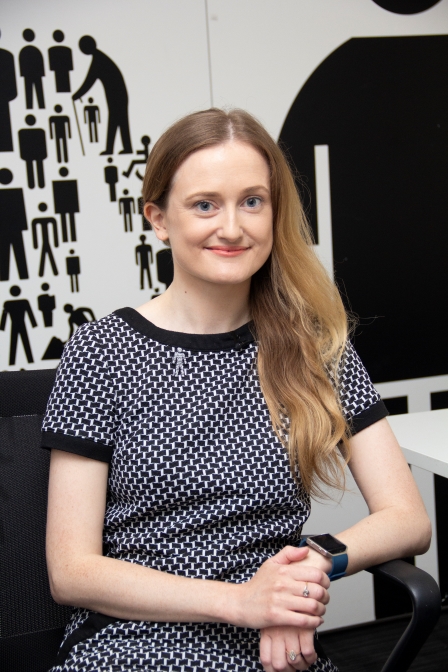Top tips for applying for an early career fellowship
Bridging the gap from postdoc to independent researcher
The jump between PhD and postdoc, from student to independent grant holder is a big one, both mentally and in terms of accountability and responsibility. But for any aspiring scientist, it’s an essential step on the road to establishing your own research team.
Dr Susan Heavey gives her top tips on applying for an early career fellowship to accelerate your research career.

Our Career Acceleration Fellowships are designed to help bridge this gap and help future leaders in prostate cancer research build the expertise and collaborations they need in their quest for independence, as well as starting them on the road to finding their own research ‘niche’.
Dr Susan Heavey is one of our past Fellows. Her key piece of advice to anyone considering applying to this scheme is to focus on the project, rather than the writing.
When I was putting my application together, the thing that really worked for me was to spend the majority of my time just settling on the right project, and getting the details clear. After that, the writing just followed naturally.
Finding the right collaborator to help you spread your research wings
Setting up a good collaboration is key to the success of the application, and the grant. “Finding the right collaborator is important. I knew I already had access to the patient cohort and the drugs I needed at UCL, so it made sense to use the collaboration for some element of the downstream analysis. I wanted to learn something new, and use a brand new methodology that wasn’t available at UCL, but that’s not really something you can just Google! I read a lot of journals, had a lot of conversations and got a lot of advice. One of the people I spoke to had heard someone speak about a new technique they were using at a conference. I set up a call with him, and we had a good connection straight away. We had a really interesting chat, and it seemed like we could make a workable collaboration. Most importantly, he was enthusiastic about me visiting his lab! I spoke to a few other potential collaborators on the phone too, but this one was by far the best fit.
The travelling part of my fellowship has absolutely been the highlight of my grant so far. I went to Cold Spring Harbour, and it was unbelievable. I learned so much; it was like being back at University again. I went to seminars almost every day, and learned so many new techniques that really honed my research skills.
Keeping a plan B up your sleeve
It wasn’t all plain sailing though. Susan continues: “The technique I wanted to use was so new that it was also very high risk. And sure enough, it didn’t work. So that would be my other piece of advice… have a plan B! I’m working on plan B now, and if that fails, I’ve got plan C up my sleeve too. Having a clear contingency plan will definitely benefit your application, and take some of the stress out of a mid-project change of plan too.”
So there you have it, top tips for a successful Career Acceleration Fellowship application:
- Focus on the project details, but have a plan B
- Get as much advice as possible
- Chose your collaborating partner(s) carefully
Good luck to everyone hoping to submit an application.

Career Acceleration Fellowships
Our Career Acceleration Fellowships help early career researchers pursue their own research goals and become future leaders in the field.

